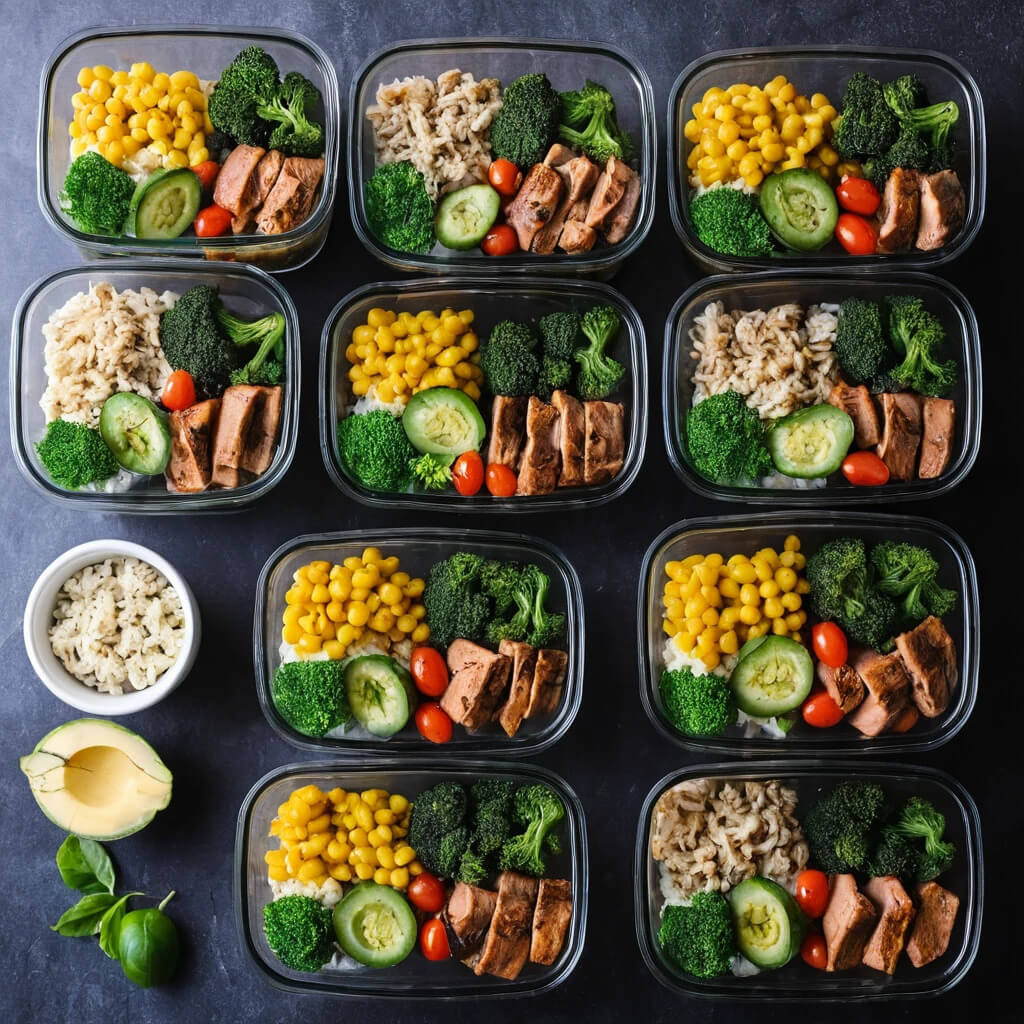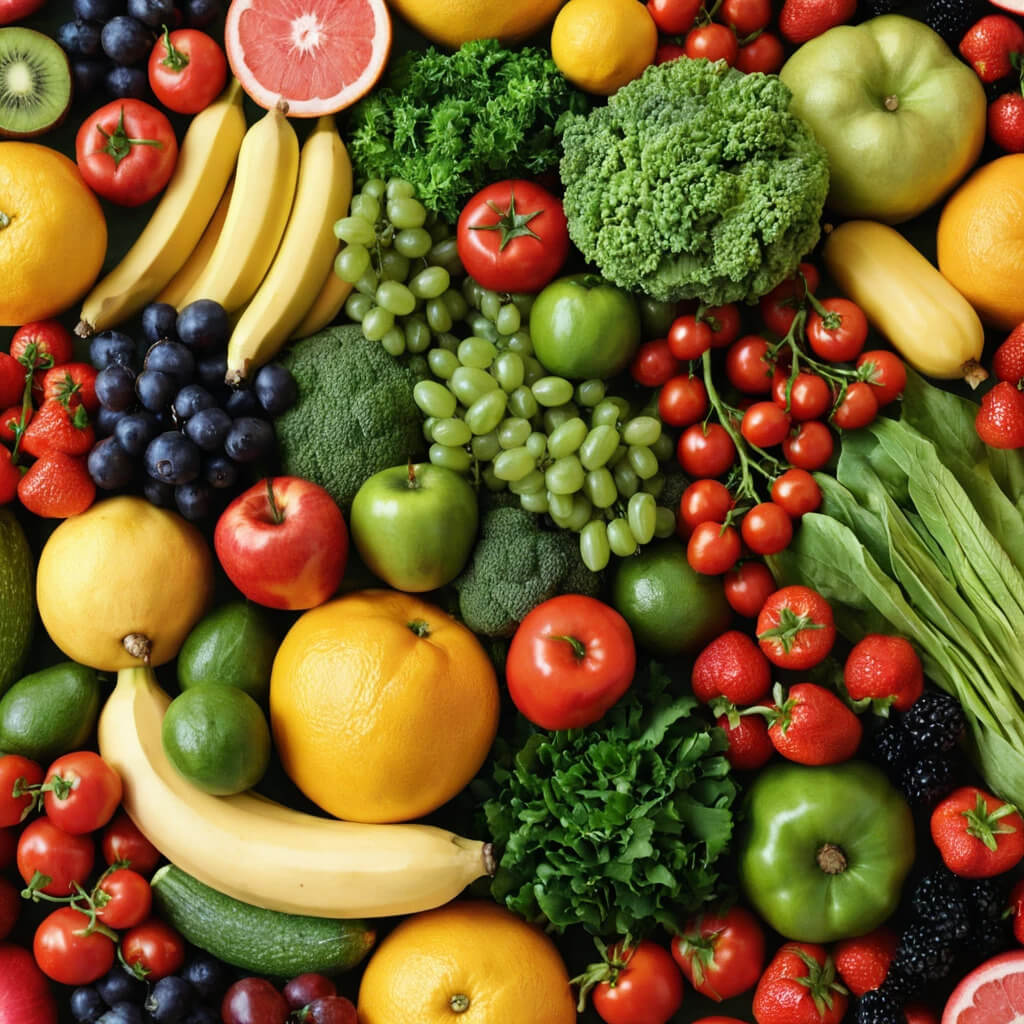Feeding Your Wallet And Your Appetite : Discovering Affordable And Wholesome Food

In today’s fast-paced world, it can be challenging to balance the need for wholesome foods with the constraints of a tight budget.
However, with a little creativity and planning, it’s possible to enjoy delicious and wholesome foods without breaking the bank.
In this article, I’ll share my insights and strategies for discovering budget-friendly and nutritious food choices.
Cook At Home
One of the most effective ways to maintain a budget-friendly and nourishing diet is to embrace the art of home cooking.
While it may seem like a daunting task, cooking at home can offer a wealth of benefits that make it well worth the effort.
Here are some of the key benefits of cooking at home :
- Saves Cost : Preparing wholesome foods at home is generally much more cost-effective than eating out or relying on pre-made, processed foods.
- Higher Nutritional Value : When you cook at home, you have complete control over the ingredients and can ensure that your meals are packed with wholesome foods.
- Portion Control : Cooking at home allows you to control the size of your portions, which can help you maintain a healthy weight and avoid overeating.
- Reduced Waste : By planning your meals and repurposing leftover wholesome foods, you can significantly reduce food waste and save money in the long run.
- Improved Culinary Skills : Cooking at home is an opportunity to develop your culinary skills and explore new recipes and techniques.
- Family Bonding : Preparing meals together can be a great way to spend quality time with your family and create lasting memories.
Meal Plan And Prepping Strategies
Meal planning and prepping can be powerful tools for maintaining a budget-friendly and nutritious diet.
By taking the time to prepare meals in advance, you can save money, reduce food waste, and ensure that you have wholesome foods on hand throughout the week.
Here are some affordable meal planning and prepping strategies to consider :

- Batch Cooking : Set aside time on the weekend or a designated day to prepare larger portions of meals that can be easily reheated or repurposed throughout the week. This can include things like soups, stews, casseroles, and roasted vegetables.
- Slow Cooker and Instant Pot Recipes : Utilize your slow cooker or Instant Pot to prepare budget-friendly and nourishing meals with minimal hands-on time. These appliances can help you create delicious stews, braises, and one-pot dishes.
- Leftovers Makeovers : Get creative with ways to repurpose leftover wholesome foods into new and exciting meals. For example, you can turn leftover roasted chicken into a chicken salad or use it as a topping for a fresh salad.
Wholesome Food Substitutes
When it comes to maintaining a budget-friendly and nutritious diet, it’s essential to be open to exploring alternative food options.
By identifying healthy and affordable substitutes for wholesome foods, you can save money without sacrificing the quality or nutritional value of your meals.
Here are some examples of healthy and affordable food substitutes :
- Whole Grains : Instead of white rice, opt for brown rice, quinoa, or farro, which are more nutrient-dense and often more affordable.
- Legumes : Beans, lentils, and chickpeas are excellent sources of protein and fiber, and they are generally much less expensive than meat.
- Frozen Produce : Frozen fruits and vegetables can be just as nutritious as their fresh counterparts, and they often come at a lower price point.
- Eggs : Eggs are a versatile and affordable source of protein that can be incorporated into a wide variety of meals.
- Oats : Oats are a whole grain that can be used in a variety of dishes, from breakfast to baked goods, and they are generally very affordable.
Utilize Local Markets
These markets often offer a wide variety of fresh, seasonal fruits and vegetables at prices that are significantly lower than what you’d find at the grocery store.
When shopping at a farmers market, keep the following tips in mind :

- Arrive Early : The best selection and deals are usually available early in the day, so try to get to the market as soon as it opens.
- Buy in Bulk : Many farmers offer discounts for purchasing larger quantities of produce, so consider buying in bulk if you have the storage space.
- Ask About Seconds : Some farmers may offer “seconds” or slightly imperfect produce at a reduced price. These items are just as nutritious and can be a great way to save money.
- Explore Unfamiliar Produce : Farmers markets are a great place to discover new and unique fruits and vegetables that you may not find at the grocery store. Don’t be afraid to try something new!
- Bring Reusable Bags : Reduce waste and save money by bringing your own reusable bags to the market. Many farmers will offer a small discount for using your own bags.
Creative Ways To Repurpose And Reduce Leftover Wholesome Food Waste
One of the keys to maintaining a budget-friendly and nourishing diet is to minimize food waste.
By finding creative ways to repurpose leftover wholesome foods, you can stretch your grocery budget and reduce the amount of food that ends up in the trash.
Here are some ideas for repurposing leftover wholesome foods :
- Leftover Protein : Transform leftover chicken, beef, or pork into new dishes like stir-fries, omelets, or salads.
- Leftover Vegetables : Sauté or roast leftover vegetables and use them as a topping for pasta, rice, or quinoa.
- Leftover Grains : Combine leftover grains like rice, quinoa, or farro with sautéed vegetables and a protein for a quick and easy fried “rice” dish.
- Leftover Bread : Turn stale bread into breadcrumbs or croutons, or use it as the base for a savory bread pudding or stuffing.
- Leftover Fruit : Blend overripe fruit into smoothies or use it to make homemade jams or compotes.
Online Sources For Recipes And Meal Ideas
In the digital age, there are countless online resources available to help you discover affordable and nourishing meal ideas.
From budget-friendly recipe blogs to meal planning apps, these tools can be invaluable in your journey to feed your wallet and your appetite.
Here are some of the best online resources to explore :
- Budget-Friendly Recipe Blogs
- Meal Planning Apps
- YouTube Cooking Channels
Add Fruits And Vegetables Into Your Meals
Fruits and vegetables are essential components of a healthy and balanced diet, but they can also be some of the most budget-friendly ingredients in your kitchen.
Here are some tips for incorporating fruits and vegetables into your budget-friendly meals :

- Opt for Seasonal Produce : Fruits and vegetables that are in season tend to be more affordable and flavorful. Take advantage of seasonal sales and specials at your local grocery store or farmers market.
- Embrace Frozen Options : Frozen fruits and vegetables can be just as nutritious as their fresh counterparts and are often more cost-effective.
- Explore Canned and Jarred Produce : Canned and jarred fruits and vegetables can be great budget-friendly options, especially for items that are out of season or difficult to find fresh.
- Incorporate Legumes : Beans, lentils, and chickpeas are excellent sources of fiber, protein, and other essential nutrients, and they are generally very affordable.
- Grow Your Own : If you have the space, consider starting a small garden or container garden to grow your own fruits and vegetables. This can be a fun and rewarding way to save money on produce.
3 Tips For Better Bargain!
One of the most important steps in finding affordable and nourishing food options is to develop a solid grocery shopping strategy.
Here are some tips to help you get the most out of your meals :
- Make a Meal Plan : Before heading to the grocery store, take the time to plan out your meals for the week. This will help you create a targeted shopping list, reducing the likelihood of impulse purchases and food waste.
- Compare Prices : Take the time to compare prices between different brands and stores. This can help you identify the best deals and save money on your overall grocery bill.
- Use Coupons and Loyalty Programs : Look for coupons, both digital and paper, and take advantage of loyalty programs offered by your local grocery stores. These can provide significant savings on your purchases.





